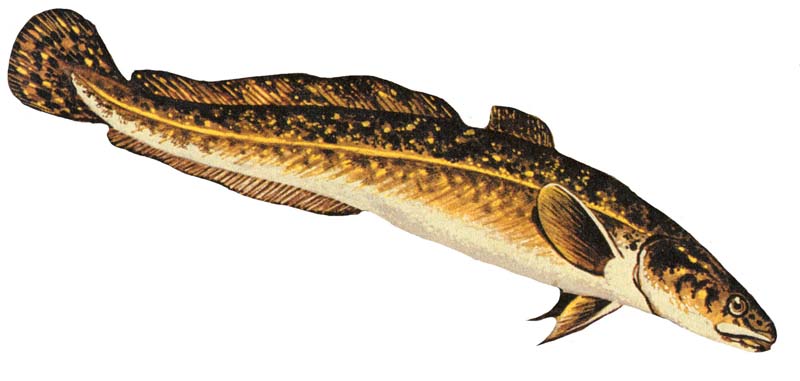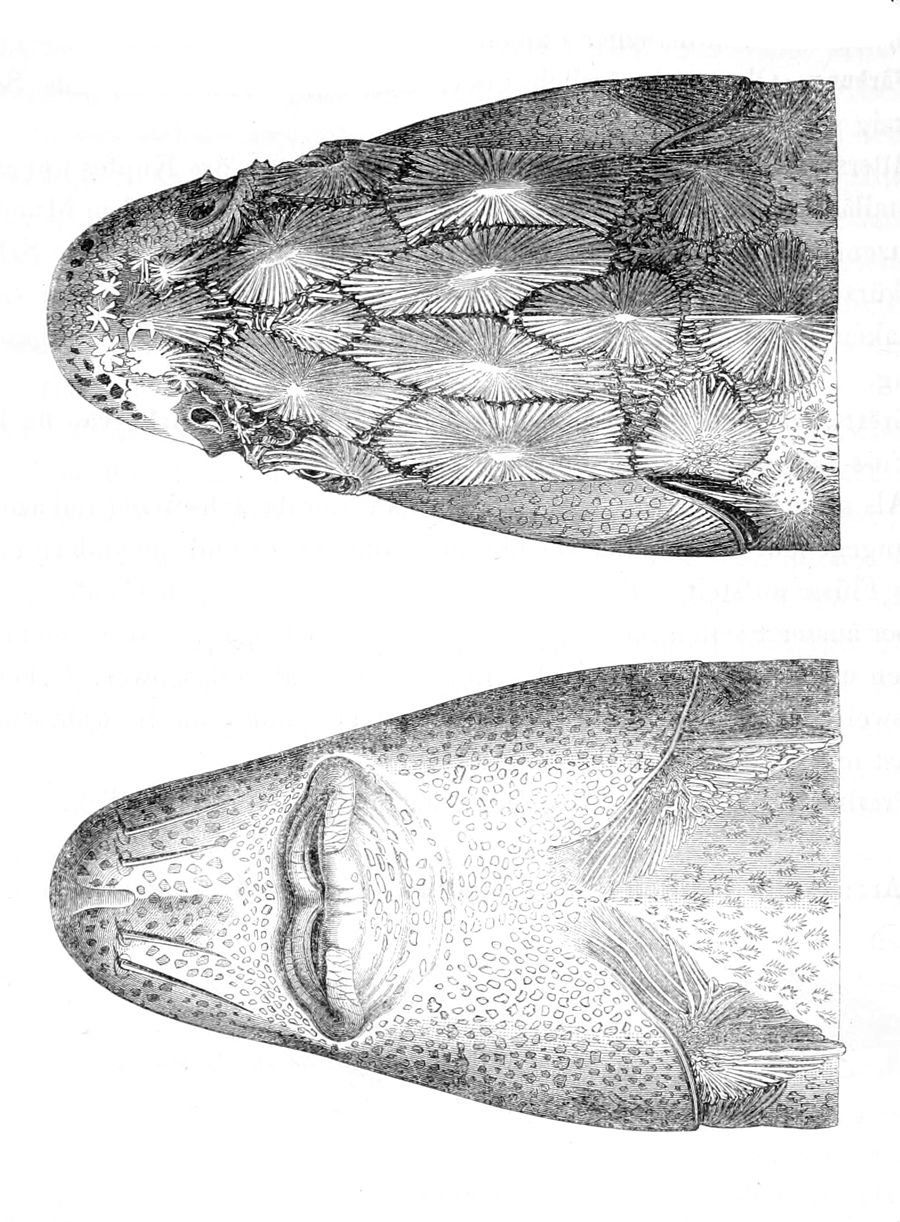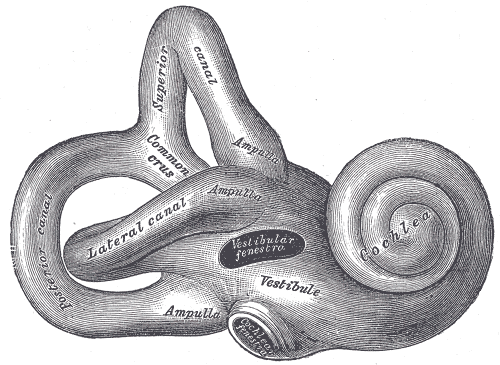|
Mycobacteroides Salmoniphilum
''Mycobacteroides salmoniphilum'' (formerly ''Mycobacterium salmoniphilum'') is a species of bacteria from the phylum Actinomycetota belonging to the genus ''Mycobacteroides''. It was first identified as the causative agent of mycobacteriosis in chinook salmon and steelhead trout, but has since been found to cause disease in Atlantic cod, Atlantic salmon, burbot, coho salmon, freshwater ornamental fish, and Russian sturgeon. It has also been isolated from tap water. It is not known to infect humans. ''M. salmoniphilum'' is susceptible to amikacin Amikacin is an antibiotic medication used for a number of bacterial infections. This includes joint infections, intra-abdominal infections, meningitis, pneumonia, sepsis, and urinary tract infections. It is also used for the treatment of mult .... References Acid-fast bacilli salmoniphilum Bacteria described in 1960 {{Mycobacterium-stub ... [...More Info...] [...Related Items...] OR: [Wikipedia] [Google] [Baidu] |
List Of Prokaryotic Names With Standing In Nomenclature
List of Prokaryotic names with Standing in Nomenclature (LPSN) is an online database that maintains information on the naming and taxonomy Taxonomy is the practice and science of categorization or classification. A taxonomy (or taxonomical classification) is a scheme of classification, especially a hierarchical classification, in which things are organized into groups or types. ... of prokaryotes, following the taxonomy requirements and rulings of the International Code of Nomenclature of Prokaryotes. The database was curated from 1997 to June 2013 by Jean P. Euzéby. From July 2013 to January 2020, LPSN was curated by Aidan C. Parte. In February 2020, a new version of LPSN was published as a service of the Leibniz Institute DSMZ, thereby also integrating the Prokaryotic Nomenclature Up-to-date service. References External links List of Prokaryotic names with Standing in Nomenclature [...More Info...] [...Related Items...] OR: [Wikipedia] [Google] [Baidu] |
Actinomycetota
The ''Actinomycetota'' (or ''Actinobacteria'') are a phylum of all gram-positive bacteria. They can be terrestrial or aquatic. They are of great economic importance to humans because agriculture and forests depend on their contributions to soil systems. In soil they help to decompose the organic matter of dead organisms so the molecules can be taken up anew by plants. While this role is also played by fungi, ''Actinomycetota'' are much smaller and likely do not occupy the same ecological niche. In this role the colonies often grow extensive mycelia, like a fungus would, and the name of an important order of the phylum, '' Actinomycetales'' (the actinomycetes), reflects that they were long believed to be fungi. Some soil actinomycetota (such as ''Frankia'') live symbiotically with the plants whose roots pervade the soil, fixing nitrogen for the plants in exchange for access to some of the plant's saccharides. Other species, such as many members of the genus ''Mycobacterium'', ... [...More Info...] [...Related Items...] OR: [Wikipedia] [Google] [Baidu] |
Mycobacteroides
''Mycobacteroides'' is a genus of Gram-Positive rod-shaped bacteria in the family ''Mycobacteriaceae'' from the order Mycobacteriales. Members of ''Mycobacteroides'' were demarcated from the larger genus ''Mycobacterium'' in 2018 by Gupta et al. based on evidence from various phylogenetic trees constructed based on conserved genome sequences, comparative genomic analyses and average amino acid identity values. In addition to this genus, the study proposed the division of ''Mycobacterium'' into a total of five distinct genera, which was met with some resistance by some of the scientific community. The resistance was based on the grounds that ''Mycobacterium'' contains some clinically relevant species and name changes might cause confusion among clinicians and other researchers. In 2020, Yamada et al. analyzed the fundamental morphological properties of the new genera, including the cell diameter, cell length, cell perimeter, cell circularity and aspect ratio, and determined that ... [...More Info...] [...Related Items...] OR: [Wikipedia] [Google] [Baidu] |
Chinook Salmon
The Chinook salmon (''Oncorhynchus tshawytscha'') is the largest and most valuable species of Pacific salmon in North America, as well as the largest in the genus '' Oncorhynchus''. Its common name is derived from the Chinookan peoples. Other vernacular names for the species include king salmon, Quinnat salmon, Tsumen, spring salmon, chrome hog, Blackmouth, and Tyee salmon. The scientific species name is based on the Russian common name ''chavycha'' (чавыча). Chinook are anadromous fish native to the North Pacific Ocean and the river systems of western North America, ranging from California to Alaska, as well as Asian rivers ranging from northern Japan to the Palyavaam River in the Arctic northeast Siberia. They have been introduced to other parts of the world, including New Zealand, thriving in Lake Michigan Great Lakes of North America and Michigan's western rivers, and Patagonia. A large Chinook is a prized and sought-after catch for a sporting angler. The flesh o ... [...More Info...] [...Related Items...] OR: [Wikipedia] [Google] [Baidu] |
Steelhead Trout
Steelhead, or occasionally steelhead trout, is the common name of the anadromous form of the coastal rainbow trout or redband trout (O. m. gairdneri). Steelhead are native to cold-water tributaries of the Pacific basin in Northeast Asia and North America. Like other sea-run (anadromous) trout and salmon, steelhead spawn in freshwater, smolts migrate to the ocean to forage for several years and adults return to their natal streams to spawn. Steelhead are iteroparous, although survival is approximately 10–20%. Description The freshwater form of the steelhead is the rainbow trout (''Oncorhynchus mykiss''). The difference between these forms of the species is that steelhead migrate to the ocean and return to freshwater tributaries to spawn, whereas non-anadromous rainbow trout do not leave freshwater. Steelhead are also larger and less colorful than rainbow trout, and can weigh up to and reach in length. They can live up to 11 years and spawn multiple times. The body ... [...More Info...] [...Related Items...] OR: [Wikipedia] [Google] [Baidu] |
Atlantic Cod
The Atlantic cod (''Gadus morhua'') is a benthopelagic fish of the family Gadidae, widely consumed by humans. It is also commercially known as cod or codling.''Atlantic Cod'' . Seafood Portal. Dry cod may be prepared as unsalted stockfish,''Oxford English Dictionary'', 3rd ed. "milwell, ''n.''" Oxford University Press (Oxford), 2002.''Oxford English Dictionary'', 1st ed. "stock-fish , 'stockfish, ''n.''" Oxford University Press (Oxford), 1917. and as cured |
Atlantic Salmon
The Atlantic salmon (''Salmo salar'') is a species of ray-finned fish in the family Salmonidae. It is the third largest of the Salmonidae, behind Siberian taimen and Pacific Chinook salmon, growing up to a meter in length. Atlantic salmon are found in the northern Atlantic Ocean and in rivers that flow into it. Most populations are anadromous, hatching in streams and rivers but moving out to sea as they grow where they mature, after which the adults seasonally move upstream again to spawn. When the mature fish re-enter rivers to spawn, they change in colour and appearance. Some populations of this fish only migrate to large lakes, and are "landlocked", spending their entire lives in freshwater. Such populations are found throughout the range of the species. Unlike Pacific species of salmon, ''S. salar'' is iteroparous, which means it can survive spawning and return to sea to repeat the process again in another year. Such individuals can grow to extremely large sizes, altho ... [...More Info...] [...Related Items...] OR: [Wikipedia] [Google] [Baidu] |
Burbot
The burbot (''Lota lota'') is the only gadiformes, gadiform (cod-like) freshwater fish. It is also known as bubbot, mariah, loche, cusk, freshwater cod, freshwater ling, freshwater cusk, the lawyer, coney-fish, lingcod, and eelpout. The species is closely related to the marine common ling and the cusk (fish), cusk. It is the monotypic, only member of the genus ''Lota''. For some time of the year, the burbot lives under ice, and it requires frigid temperatures to breed. Etymology The name burbot comes from the Latin word ''barba'', meaning beard, referring to its single chin whisker, or barbel (anatomy), barbel. Its generic and specific names, ''Lota lota'', comes from the old French ''lotte'' fish, which is also named "barbot" in Old French. Description With an appearance like a cross between a catfish and an eel, the burbot has a serpent-like body, but is easily distinguished by a single barbel on the chin. The body is elongated and laterally compressed, with a flattened hea ... [...More Info...] [...Related Items...] OR: [Wikipedia] [Google] [Baidu] |
Coho Salmon
The coho salmon (''Oncorhynchus kisutch;'' Karuk: achvuun) is a species of anadromous fish in the salmon family and one of the five Pacific salmon species. Coho salmon are also known as silver salmon or "silvers". The scientific species name is based on the Russian common name ''kizhuch'' (кижуч). Description During their ocean phase, coho salmon have silver sides and dark-blue backs. During their spawning phase, their jaws and teeth become hooked. After entering fresh water, they develop bright-red sides, bluish-green heads and backs, dark bellies and dark spots on their backs. Sexually maturing fish develop a light-pink or rose shading along the belly, and the males may show a slight arching of the back. Mature adults have a pronounced red skin color with darker backs and average and , occasionally reaching up to . They also develop a large kype (hooked beak) during spawning. Mature females may be darker than males, with both showing a pronounced hook on the ... [...More Info...] [...Related Items...] OR: [Wikipedia] [Google] [Baidu] |
Russian Sturgeon
The Russian sturgeon (''Acipenser gueldenstaedtii''), also known as the diamond sturgeon or Danube sturgeon, is a species of fish in the family Acipenseridae. It is found in Azerbaijan, Bulgaria, Georgia, Iran, Kazakhstan, Romania, Russia, Turkey, Turkmenistan, and Ukraine. It is also found in the Caspian Sea. This fish can grow up to about and weigh . Russian sturgeon mature and reproduce slowly, making them highly vulnerable to fishing. It is distinguished from other ''Acipenser'' species by its short snout with a rounded tip as well as its lower lip which is interrupted at its center. Description The Russian sturgeon can grow to but a more normal size is . It has a relatively short and rounded snout with three pairs of unfringed barbels closer to the tip of the snout that to the mouth. The dorsal fin has 27 to 48 soft rays and the anal fin has 16 to 35. The number of scales along the lateral line varies from 21 to 50. This fish can be distinguish from the otherwise similar ... [...More Info...] [...Related Items...] OR: [Wikipedia] [Google] [Baidu] |
Amikacin
Amikacin is an antibiotic medication used for a number of bacterial infections. This includes joint infections, intra-abdominal infections, meningitis, pneumonia, sepsis, and urinary tract infections. It is also used for the treatment of multidrug-resistant tuberculosis. It is used by injection into a vein using an IV or into a muscle. Amikacin, like other aminoglycoside antibiotics, can cause hearing loss, balance problems, and kidney problems. Other side effects include paralysis, resulting in the inability to breathe. If used during pregnancy it may cause permanent deafness in the baby. Amikacin works by blocking the function of the bacteria's 30S ribosomal subunit, making it unable to produce proteins. Amikacin was patented in 1971, and came into commercial use in 1976. It is on the World Health Organization's List of Essential Medicines. It is derived from kanamycin. Medical uses Amikacin is most often used for treating severe infections with multidrug-resistant ... [...More Info...] [...Related Items...] OR: [Wikipedia] [Google] [Baidu] |
Acid-fast Bacilli
Acid-fastness is a physical property of certain bacterial and eukaryotic cells, as well as some sub-cellular structures, specifically their resistance to decolorization by acids during laboratory staining procedures. Once stained as part of a sample, these organisms can resist the acid and/or ethanol-based decolorization procedures common in many staining protocols, hence the name ''acid-fast''. The mechanisms of acid-fastness vary by species, although the most well-known example is in the genus ''Mycobacterium'', which includes the species responsible for tuberculosis and leprosy. The acid-fastness of ''Mycobacteria'' is due to the high mycolic acid content of their cell walls, which is responsible for the staining pattern of poor absorption followed by high retention. Some bacteria may also be partially acid-fast, such as '' Nocardia''. Acid-fast organisms are difficult to characterize using standard microbiological techniques, though they can be stained using concentrated dy ... [...More Info...] [...Related Items...] OR: [Wikipedia] [Google] [Baidu] |

.jpeg)



.jpg)

